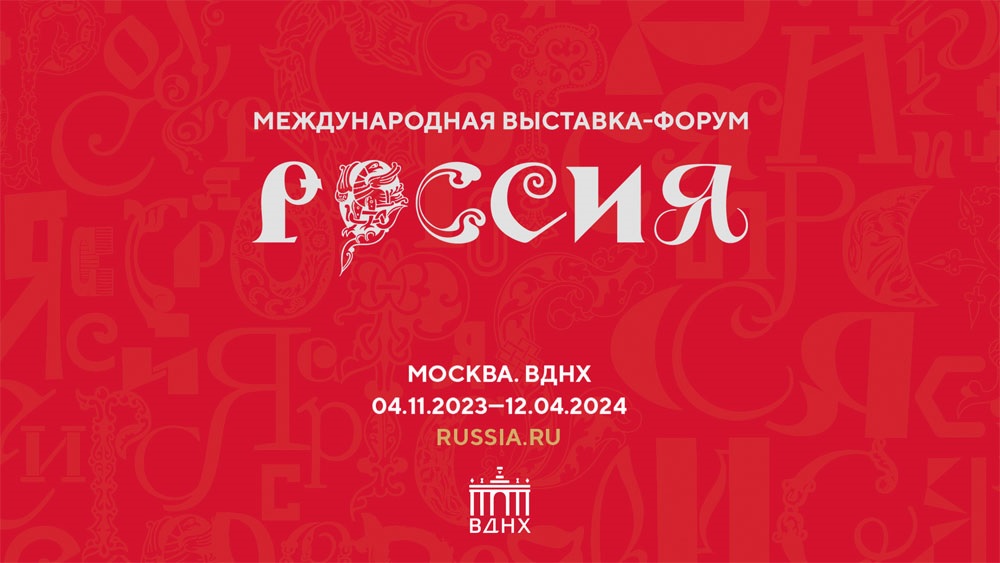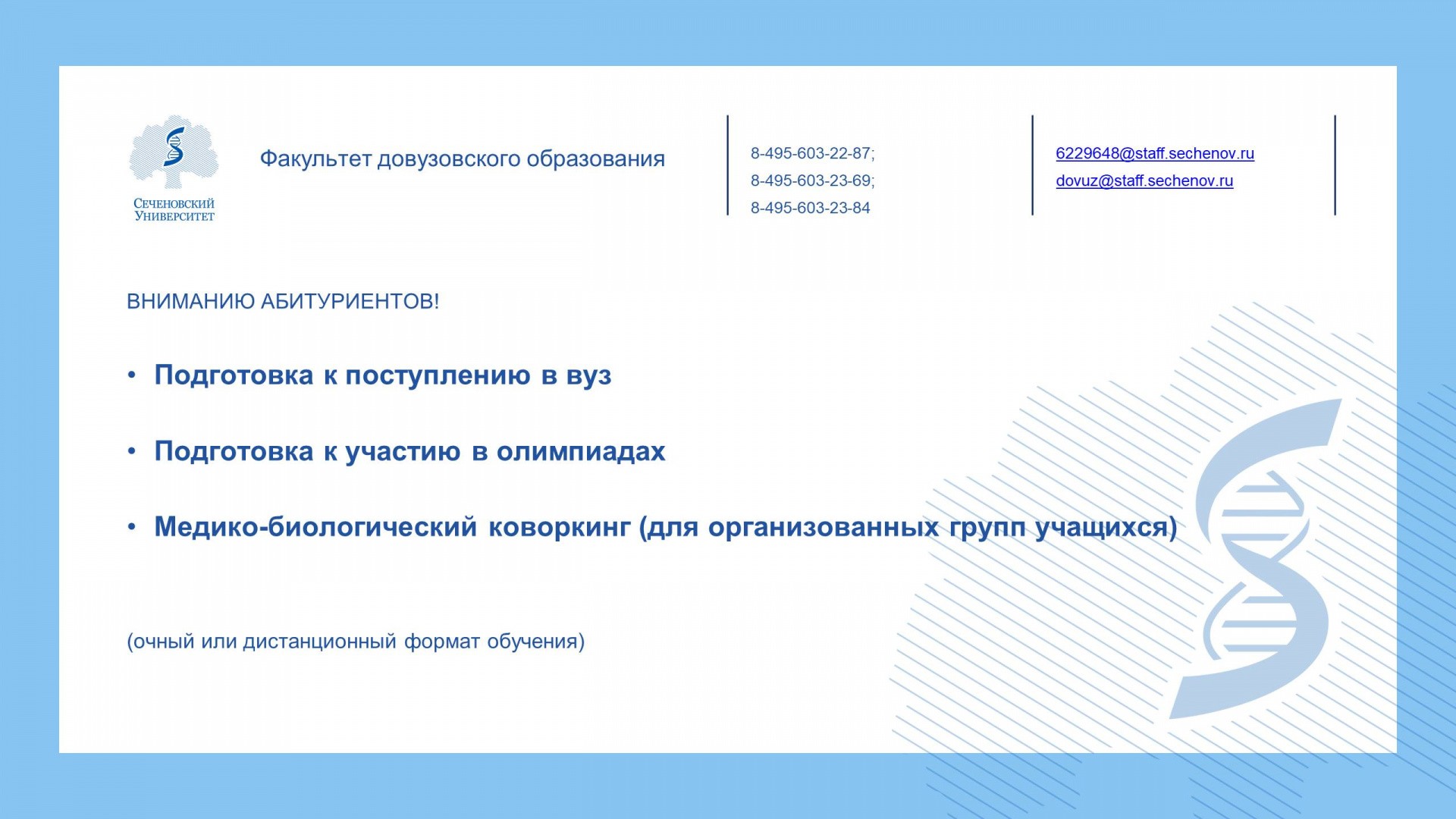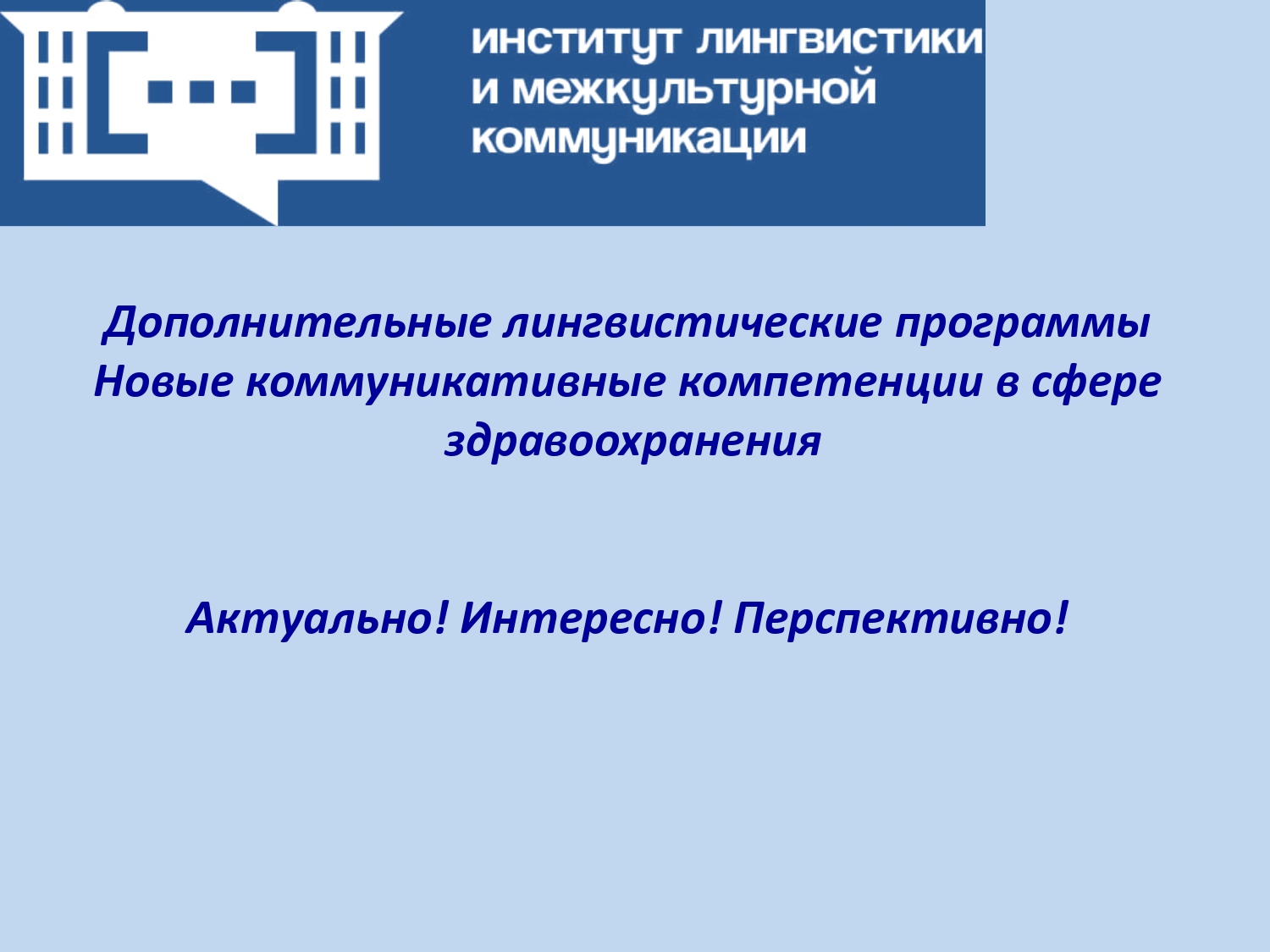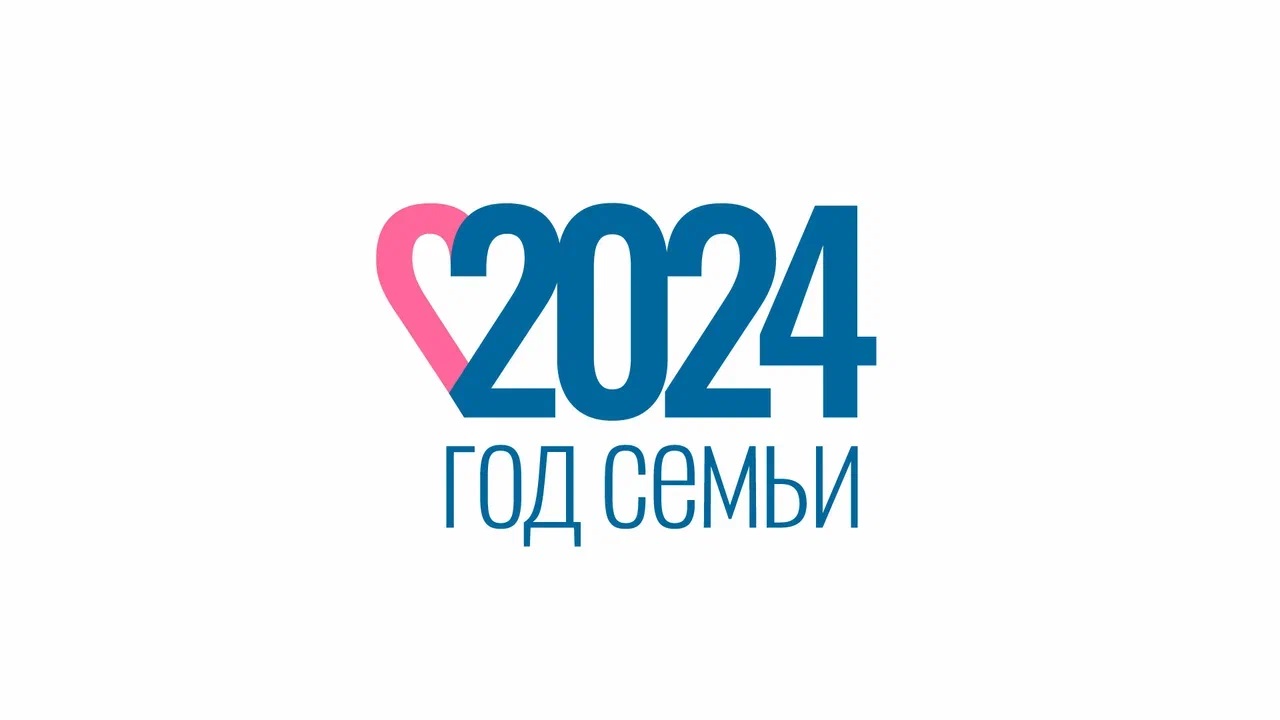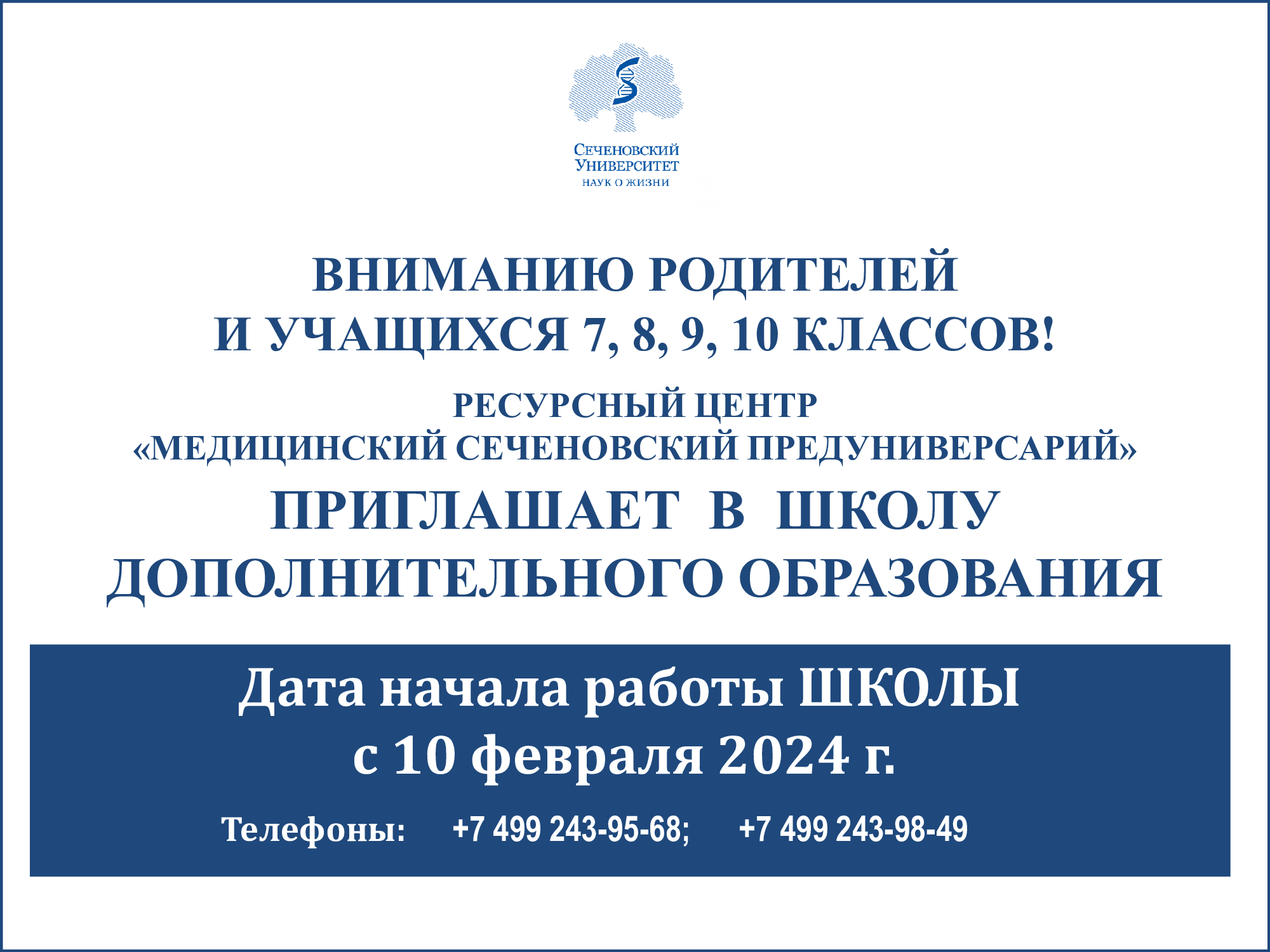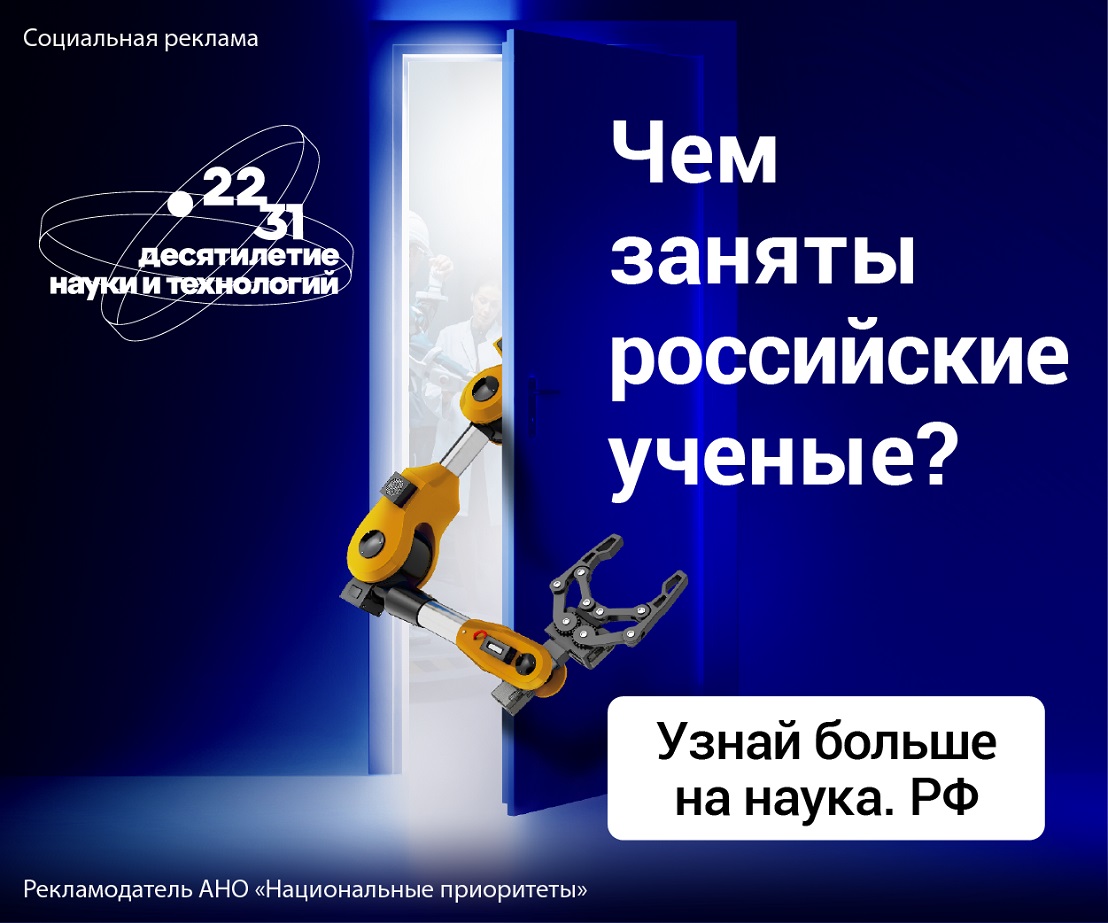Год публикации:
Все года
2018
2019
2020
| Название |
Дата публикации |
Коллектив авторов |
Журнал |
DOI |
Индекс цитирования |
Ссылка на источник |
|
Организация контроля качества лекарственных средств на фармацевтическом рынке России
|
|
Тихонова Ю. А.
Гегечкори В. И.
Несвижский Юрий Владимирович
|
БИОФАРМАЦЕВТИЧЕСКИЙ ЖУРНАЛ |
|
|
Гарантия качества, эффективности и безопасности лекарственных средств (ЛС) является одной из самых приоритетных и важнейших задач государства в области охраны здоровья граждан, потому что речь идет о жизни и здоровье миллионов людей. Статья посвящена системе государственного контроля качества ЛС, проблеме фальсификации ЛС; рассмотрены особенности декларирования соответствия ЛС, необходимость использования стандартных образцов в процессе контроля качества ЛС, методы выявления некачественных и поддельных ЛС и пути предотвращения их появления на фармацевтическом рынке; также приведены данные Росздравнадзора по выявлению и изъятию из обращения недоброкачественных, фальсифицированных и контрафактных ЛС.
Читать
тезис
Публикация |
|
Организация контроля качества лекарственных средств на фармацевтическом рынке России
|
|
Тихонова Ю. А. (Доцент)
Гегечкори В. И. (Ассистент)
Несвижский Юрий Владимирович (Профессор)
|
БИОФАРМАЦЕВТИЧЕСКИЙ ЖУРНАЛ |
|
|
Гарантия качества, эффективности и безопасности лекарственных средств (ЛС) является одной из самых приоритетных и важнейших задач государства в области охраны здоровья граждан, потому что речь идет о жизни и здоровье миллионов людей. Статья посвящена системе государственного контроля качества ЛС, проблеме фальсификации ЛС; рассмотрены особенности декларирования соответствия ЛС, необходимость использования стандартных образцов в процессе контроля качества ЛС, методы выявления некачественных и поддельных ЛС и пути предотвращения их появления на фармацевтическом рынке; также приведены данные Росздравнадзора по выявлению и изъятию из обращения недоброкачественных, фальсифицированных и контрафактных ЛС.
Читать
тезис
Публикация |

